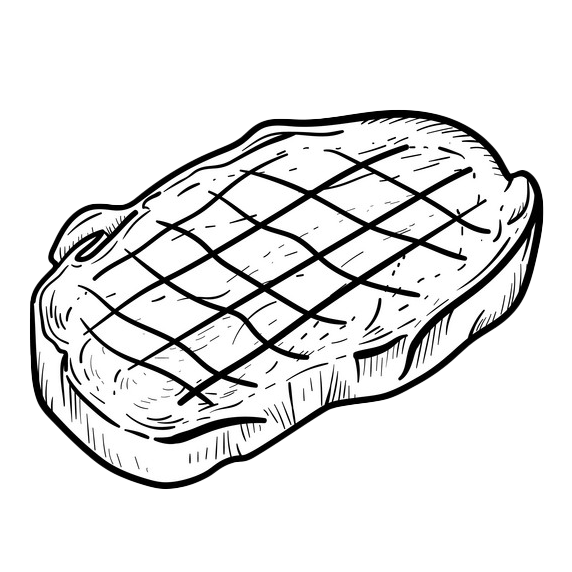Winter Trip to Our Icelandic Cod & Haddock Supplier
By Rob Mayo
To get to the source of the best cod and haddock, you have to travel to the northern Icelandic fjord of Eyjafjörður, not far from the Arctic circle. I recently made the trek to this area of remarkable ocean bounty. Winter snow brings a stark beauty here, and the short days cast a low light on mountains that slope toward the sea.
The Icelandic people who work in seafood are as unique as its landscape. With a centuries-old Norse heritage that has centered on fishing, Icelanders embrace their hardy outdoor culture. At the same time, they are at the forefront of modern, environmentally-sound seafood management. The fishermen still brave the cold north Atlantic to haul in their catch, like generations before them. But their fishing is now managed with a system based on catch quotas, scientific advice, and strict monitoring. Fiskistofa, Iceland’s Directorate of Fisheries, oversees the system. The result is a sustainable, well-controlled regional fishery.
In winter, the way to this region is by prop plane to Akureyri. Our flight was enveloped in heavy snow all the way. Air service doesn’t stop for snowfall although high winds may suspend flights.

Sunlight is muted and the days are extremely short at this latitude. The noonday sun, not visible due to snow, was 5 degrees above the horizon. I took the advice of locals, and warmed up after arrival in the town’s thermal waters (nearly every community in Iceland has a lagoon or pool for this enjoyment) and followed it up with a fresh cod dinner. Next morning it was time to start fisheries touring

Fishing vessel unloads cod and haddock for processing
As he navigated snow covered roads driving at what seemed a rapid pace given the conditions, my host Jonas described life in this northern outpost. He has had a long career in commercial fishing, overseeing sales to Europe and North America. His brother-in-law operates a local whale-watching business. Old cod fishing boats are nowadays used for this service, which has become a growing business as tourism increases in Iceland. What was striking news was that his brother-in-law reported a 100% success rate in whale spotting for 2024 – and often whales can even be seen from land in this area.
Our focus turned to cod and haddock as we arrived at the processing plant in Dalvik. Fishing vessels dock here to unload their catch, which has already been deep-chilled onboard. Once unloaded, fish are processed in a state-of-the-art plant that employs a large share of the workforce in this small village. Iceland’s relatively small population has, by necessity, led it to become the foremost developer of high-tech fish processing equipment. Applying this technology to quickly, cleanly and precisely process freshly caught, deep-chilled fish results in the finest-quality fish fillets and portions available.
I’ve visited fisheries on four continents and several islands, and can say that in this remote plant in the sub-arctic winter, I found the most remarkable combination of bright, immaculate workplace and sustainable technology at work. As a lover of cod and haddock, seeing this top-level food plant gave me more reason to love these delicious Icelandic fish!

Fisheries host Jónas with the author
After the tour it was time to fly back to Reykjavik, the island’s capital located in its southwestern corner. To give an idea of Iceland’s rural identity, there only about 400,000 people in total, and two-thirds of them live in the Reykjavik region. With dusk falling there was just enough time to walk to the Leif Erikson monument at the Hallgrímur church. The legend of Erickson, and the Norse explorations and settlements westward across the Atlantic, are in large part related to expanding their fisheries. “Leif the Lucky” is believed to have been born in Iceland, and grew up in the Greenland settlement founded by his father Erik the Red. Legend has it that on a return voyage from Norway to Greenland, he was blown off course and ended up discovering Newfoundland (what he called Vinland). The details of this time in history (around 1,000 AD, 500 years before Columbus) are slim. But clearly the Norsemen who migrated to Iceland, then Greenland and eventually to North America were superior navigators for their time. They relied only on wind, sun and stars to guide them. And their quest for fish, particularly cod and haddock, was a driving force westward.









